TLDR;
To strengthen an old dog’s hind legs at home, focus on gentle exercises like sit-to-stand reps, controlled walking, and incline walking, paired with joint-supportive nutrition and mobility aids. Combine consistent movement with proper diet and supplements to gradually rebuild muscle, improve balance, and reduce pain.
Why Do Old Dogs Lose Strength in Their Back Legs?
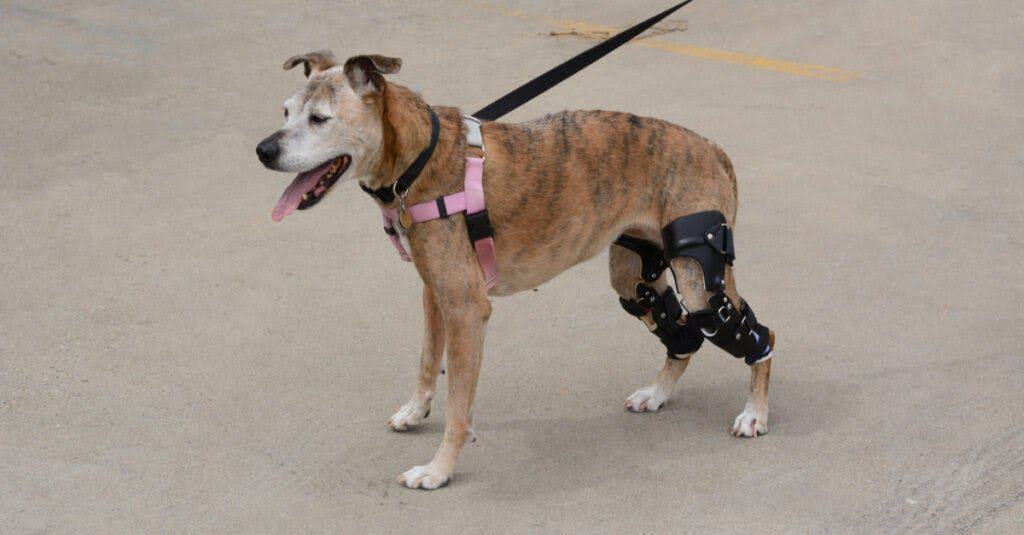
Senior dogs often lose strength in their hind legs due to natural aging, medical conditions, or a sedentary lifestyle. Recognizing the cause is the first step in choosing the right approach to help.
Common reasons include:
- Muscle atrophy from inactivity or age-related degeneration
- Arthritis, a common condition in aging dogs causing inflammation and joint stiffness
- Neurological issues, such as degenerative myelopathy or slipped discs
- Hip dysplasia, often hereditary and worsens over time
- Obesity, which puts excessive strain on joints and muscles
- Poor circulation and decreased cell regeneration with age
Understanding the root cause allows you to tailor a more effective care routine. At Careers Collectiv, our animal welfare courses teach how to identify and adapt care strategies for such cases.
Signs Your Dog is Losing Strength in Their Hind Legs
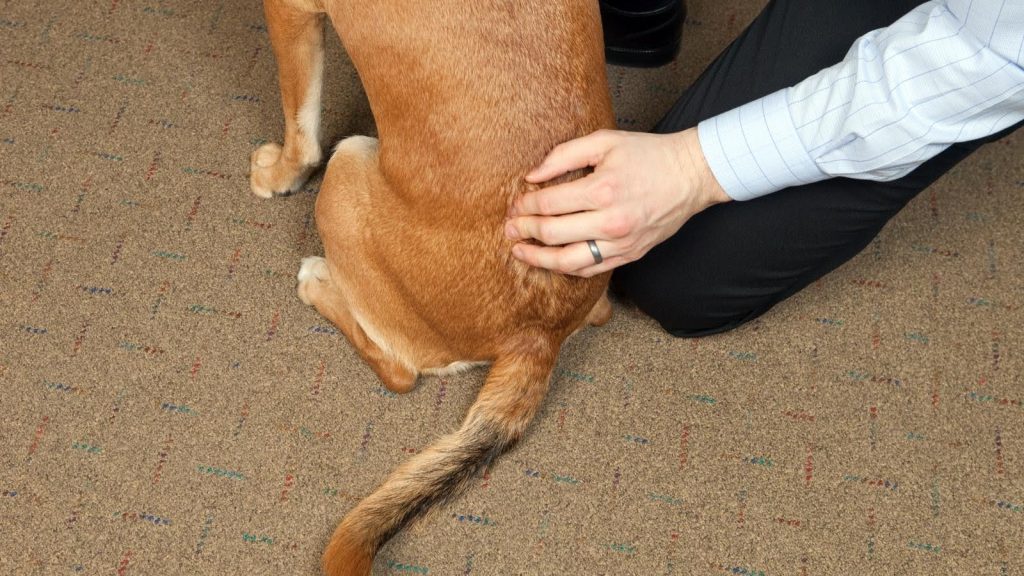
Early detection can slow or even reverse weakness. If you’re wondering what causes sudden hind leg weakness in dogs, look for these common signs:
Wobbliness or unsteady gait
Difficulty standing up from lying down
Limping or favoring one leg
Shaky or trembling back legs
Hesitation or refusal to climb stairs
Muscle loss around thighs and hips
Dragging back legs or “knuckling” paws
Reluctance to go for walks
If these symptoms show up, it’s time to intervene with supportive care and movement therapy.
Best At-Home Exercises to Strengthen a Dog’s Hind Legs
Rehabilitation begins at home with simple, safe exercises. These can significantly improve mobility and muscle tone over time.
Here’s how to get started:
Sit-to-Stand Reps
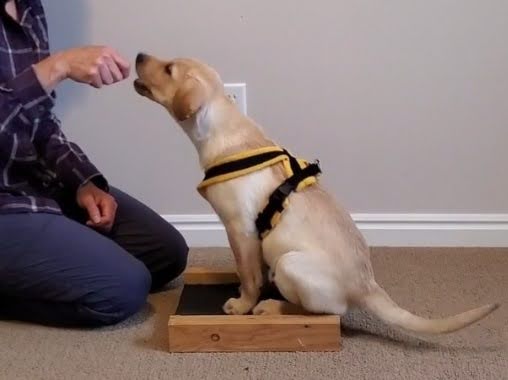
- Ask your dog to sit, then gently encourage them to stand
- Use treats as motivation
- Repeat 5–10 times depending on their endurance
- Builds thigh, hip, and core strength
Tip: Do this on non-slip flooring to avoid injury.
Assisted Standing with Towels or Harness

- Place a towel under your dog’s belly near the hips
- Gently lift and stabilize them while they stand
- Use a rear-lift harness if available
- Helps rebuild muscle through weight-bearing
Controlled Walking (Use Leash or Carpeted Areas)

- Go for short, slow walks daily
- Keep them on a leash to control pace
- Use carpet or grass for better traction
- Strengthens muscles without high impact
Gradually increase walk time as your dog improves.
Incline Walking (On Slopes or Treadmills)
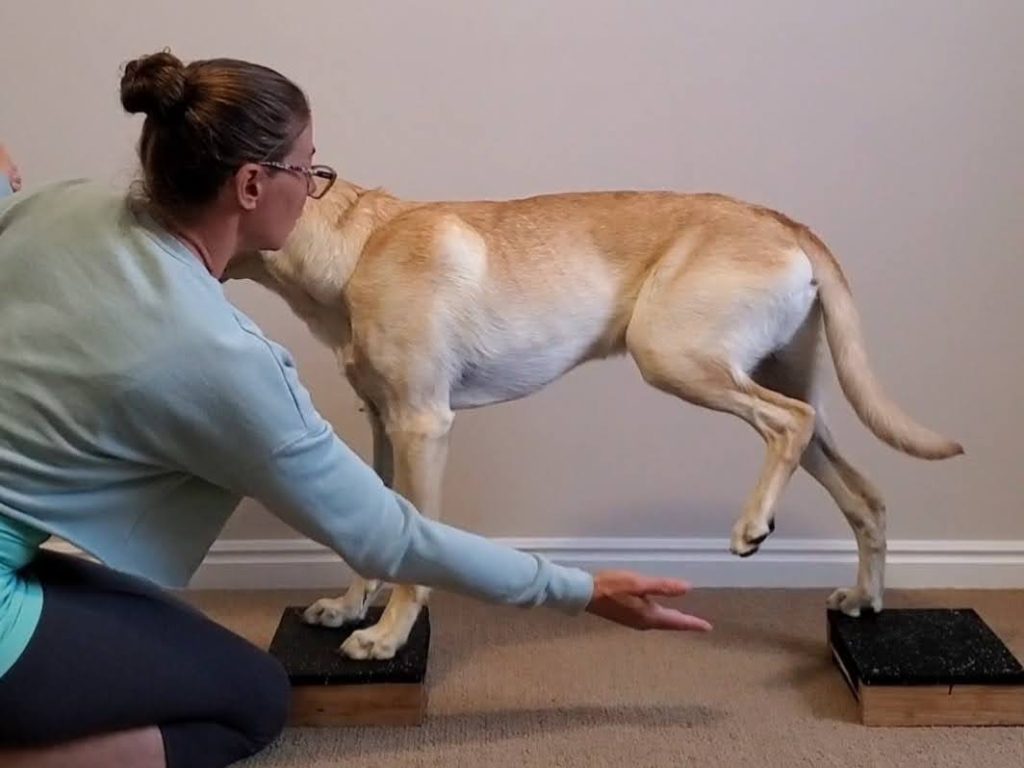
- Use a gently sloped hill or ramp
- Walk slowly uphill to engage hindquarters
- Treadmills on low incline can also work under supervision
This mimics natural resistance training and helps build endurance.
Hydrotherapy at Home (Bathtubs, Kiddie Pools)

- Fill a tub or shallow pool with warm water
- Gently walk your dog through the water
- Water supports joints while providing resistance
- Reduces pain and improves muscle activation
Hydrotherapy is especially useful for dogs with arthritis or joint instability.
Foods and Supplements That Help Muscle Strength and Joint Support

Nutrition is just as important as movement. Pair exercise with a proper diet and vet-approved supplements to see real progress.
Key nutrients to include:
- High-quality protein: Chicken, fish, or lamb for muscle repair
- Omega-3 fatty acids: Reduce joint inflammation
- Vitamin E and C: Support immune and joint health
- Glucosamine & Chondroitin: Promote cartilage repair and joint lubrication
- MSM (Methylsulfonylmethane): Anti-inflammatory benefits
Popular supplements for older dogs:
- Nutramax Cosequin
- Zesty Paws Mobility Bites
- Dasuquin Advanced
Feeding Tips:
- Choose a senior-formulated kibble with joint support
- Add cooked lean meat or bone broth for extra protein
- Keep your dog at a healthy weight to reduce pressure on the joints
Alternative Therapies You Can Do at Home
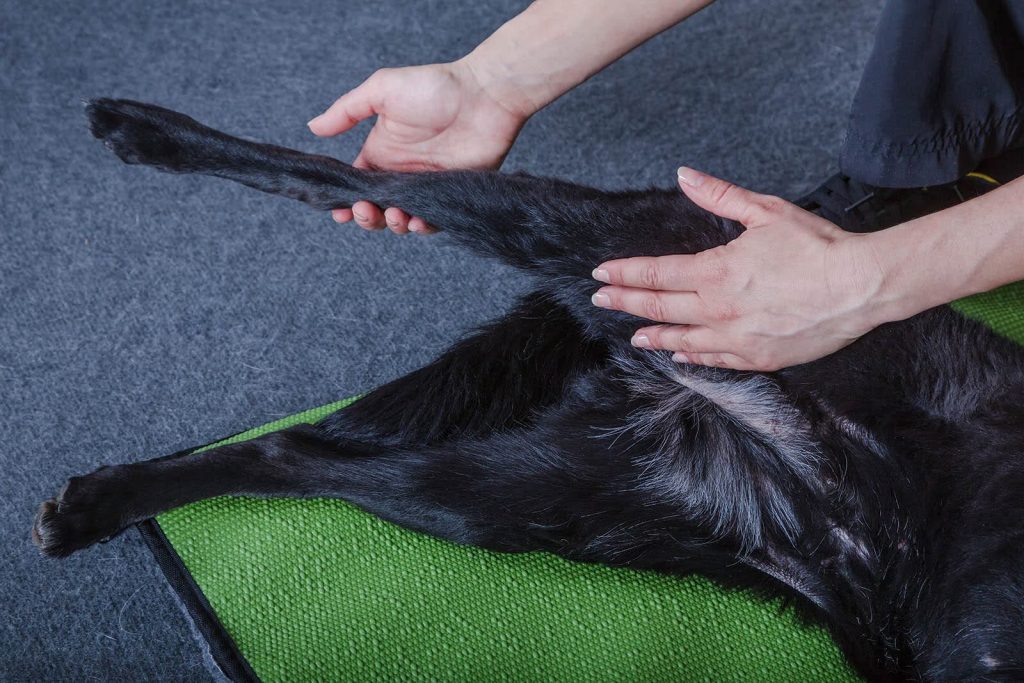
There are low-cost, at-home therapies that can make a big difference in your dog’s recovery journey.
Try the following:
- At-home massage: Use gentle circular motions around hips and thighs to improve blood flow
- Acupressure: Stimulate specific pressure points to relieve pain and support muscle tone
- Cold packs: Apply to joints after exercise to reduce inflammation
- Warm compresses: Use on stiff areas before exercise to loosen muscles
- Dog-safe essential oils: Lavender or chamomile may help relax muscles (only with expert guidance)
- Cold laser therapy: Affordable home devices are now available to stimulate tissue healing
These therapies can be especially helpful in between physical activities or when your dog is having a rough day.
How to Track Your Dog’s Progress Over Time
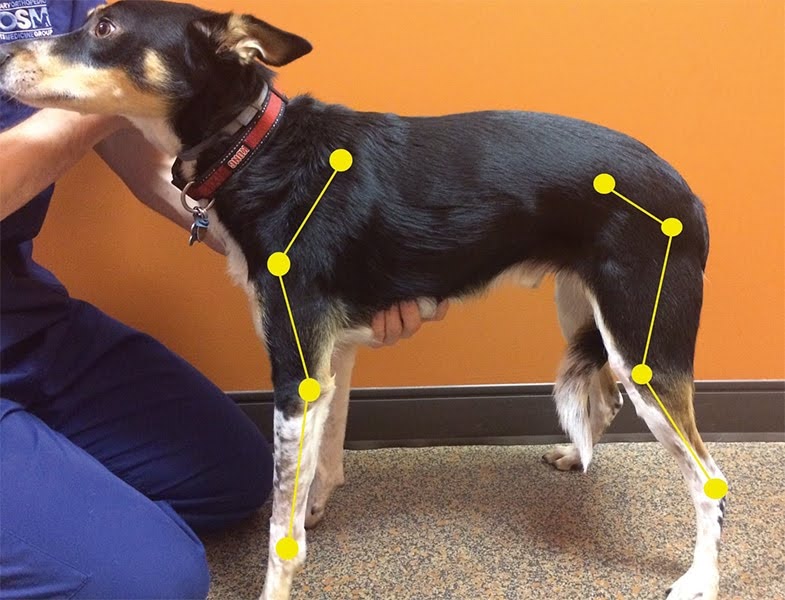
Rebuilding strength takes time, and tracking progress helps you stay on course.
Use a weekly log to note:
- Distance walked
- Number of sit-to-stand reps
- Appetite and energy levels
- Pain or limping after exercise
- Weight and muscle tone
Tools you can use:
- Pet health tracking apps (like PawTrack or PetDesk)
- Printable rehabilitation chart
- Photo or video diary to compare movement over time
Progress may be slow, but consistency is key. Celebrate small wins like improved balance or longer walks.
When to Call a Vet (And What to Ask)
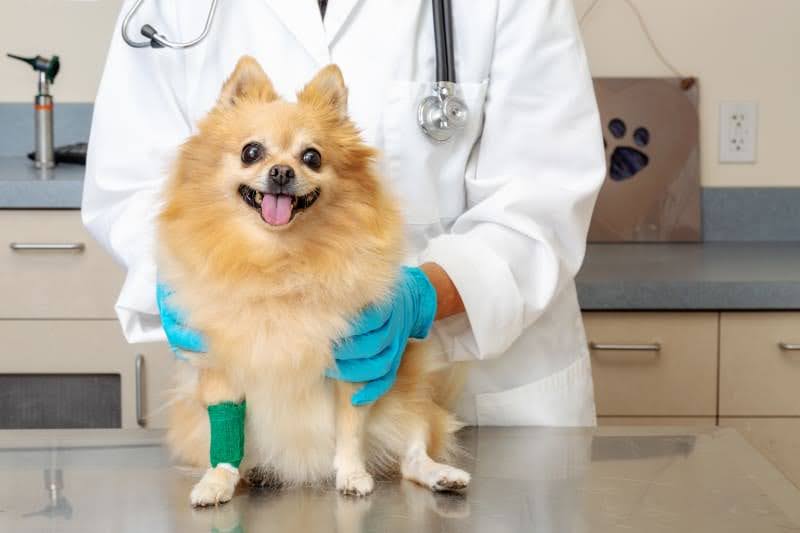
Not all issues can be treated at home. If you notice these red flags, contact a veterinarian:
- Your dog yelps in pain when moving
- There’s sudden or severe hind leg paralysis
- No improvement after several weeks of exercise
- They stop eating or become lethargic
What to ask your vet:
- Could this be arthritis or a neurological condition?
- Do you recommend physical therapy?
- Are imaging tests like X-rays or MRIs needed?
- Should my dog be on pain relief or anti-inflammatories?
- Would a mobility aid or wheelchair help?
A qualified veterinary assessment ensures you’re not missing a deeper issue like spinal problems or degenerative diseases.
Tips for Helping Senior Dogs Walk Better
Helping your dog stay mobile is an act of love — and it requires patience, routine, and care. Here are a few additional strategies to help:
- Keep nails trimmed to improve traction
- Use non-slip mats around the house
- Let your dog rest often between exercises
- Be consistent with food, walks, and supplement schedules
- Never push your dog beyond their limits
Every dog is different, so it’s okay to adjust exercises based on their size, breed, and comfort level. At Careers Collectiv, we’re passionate about teaching pet owners the skills they need to care for aging pets through our animal welfare training.
Frequently Asked Questions
Can old dogs regain leg strength?
Yes. With consistent, low-impact exercise, proper diet, and supportive care, many senior dogs can regain strength and mobility over time.
Is walking good for senior dogs with weak legs?
Yes. Controlled, short walks help build muscle without straining joints. Avoid rough terrain or long walks initially.
What is the best supplement for older dogs’ joints?
Glucosamine and chondroitin are widely recommended. Look for vet-approved products that include MSM and Omega-3s for better results.
Should I use a dog wheelchair?
If your dog’s back legs are very weak or paralyzed, a rear-wheel dog wheelchair can improve quality of life. Always consult your vet first.
How long does it take to see results?
It varies. Some dogs improve in a few weeks, while others may take several months. Tracking progress helps set realistic expectations.